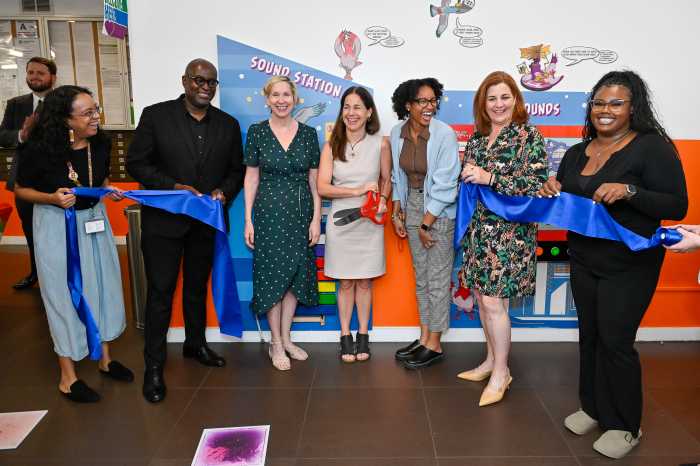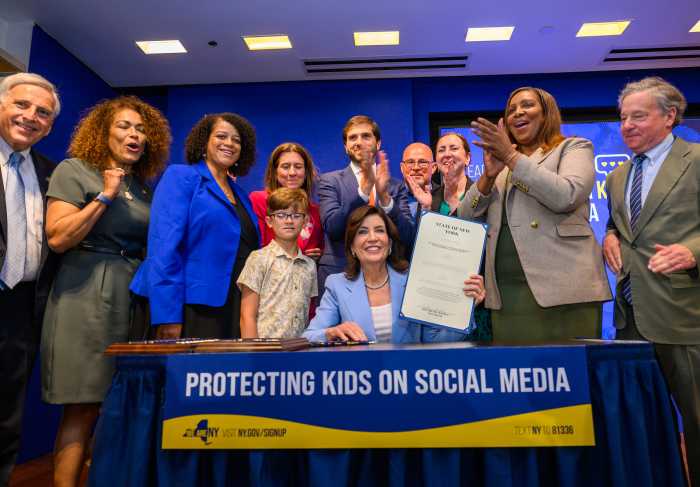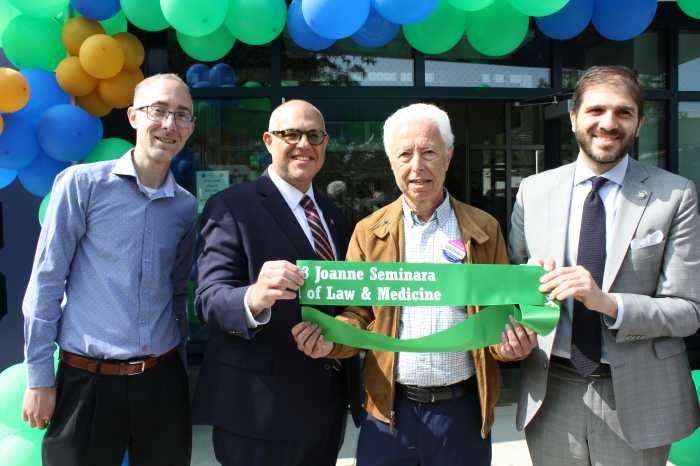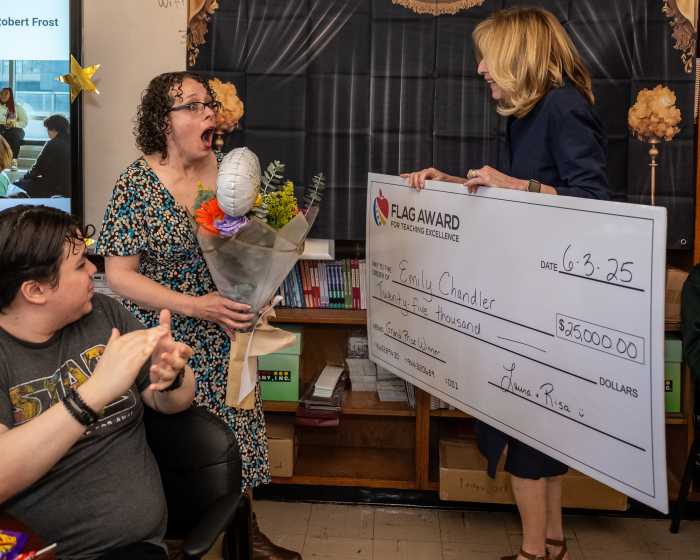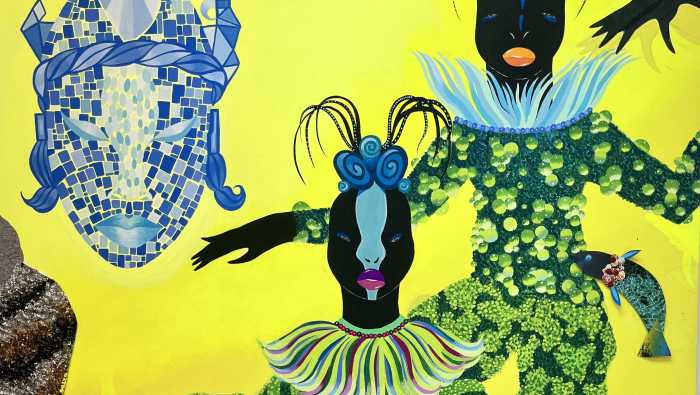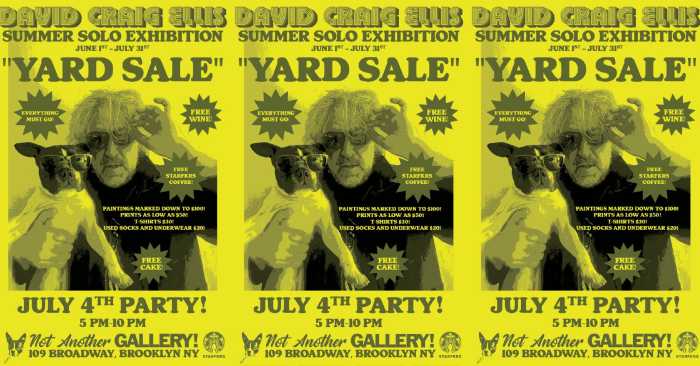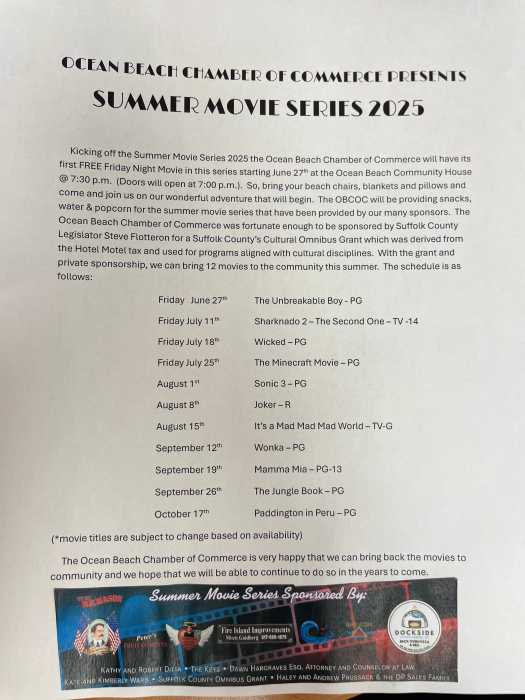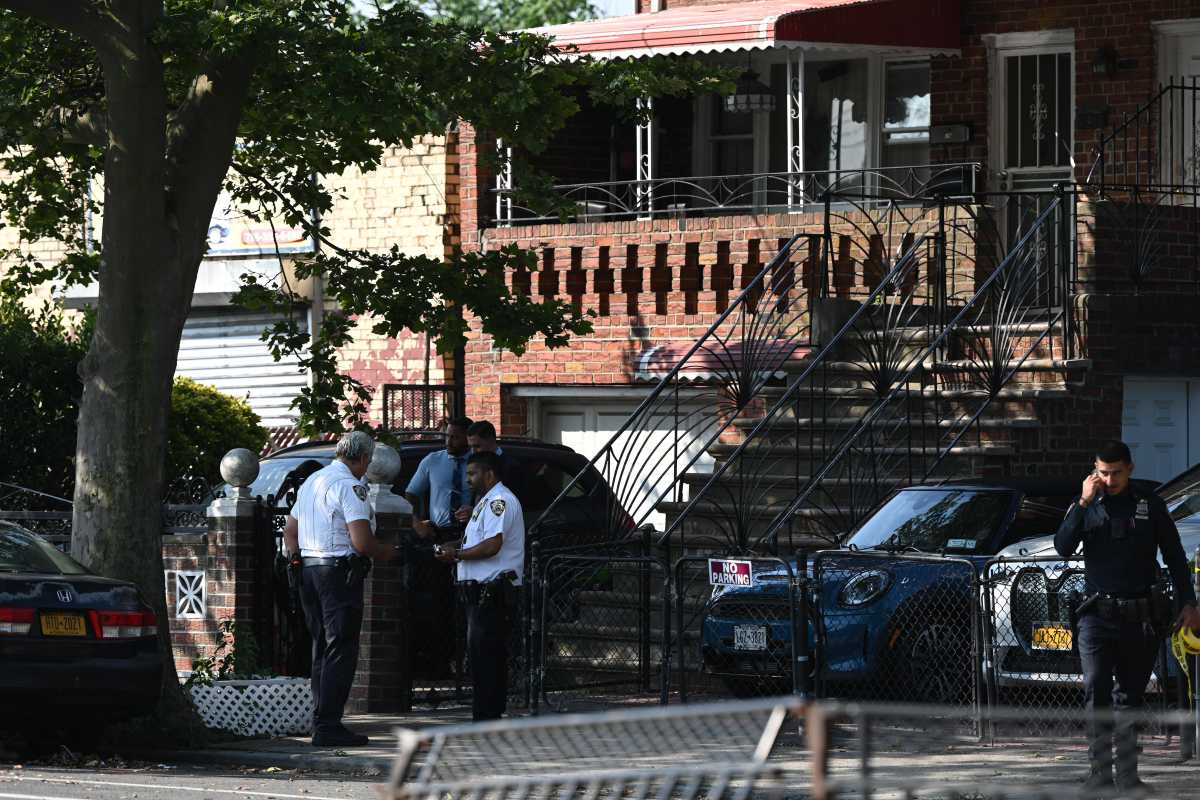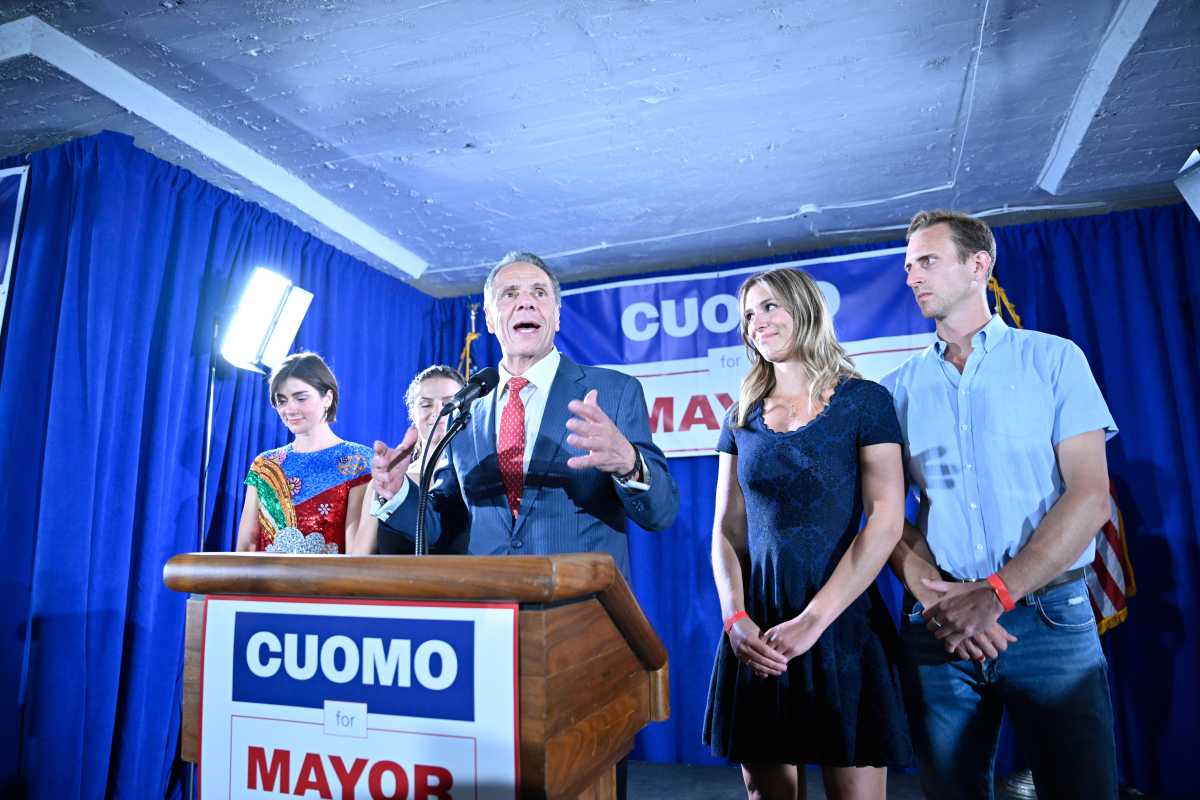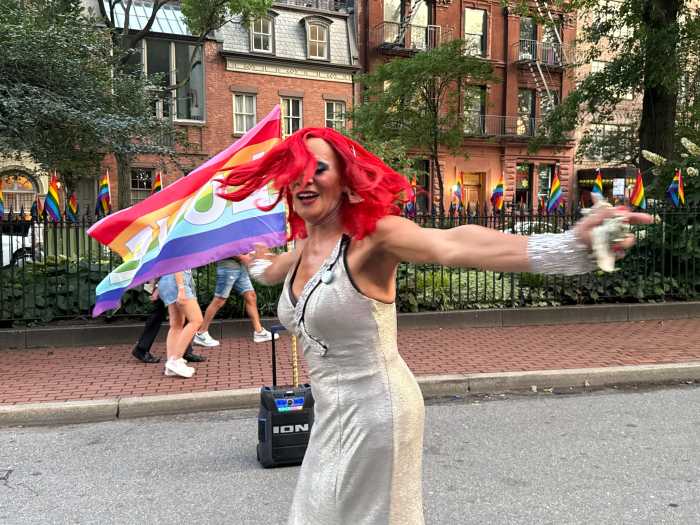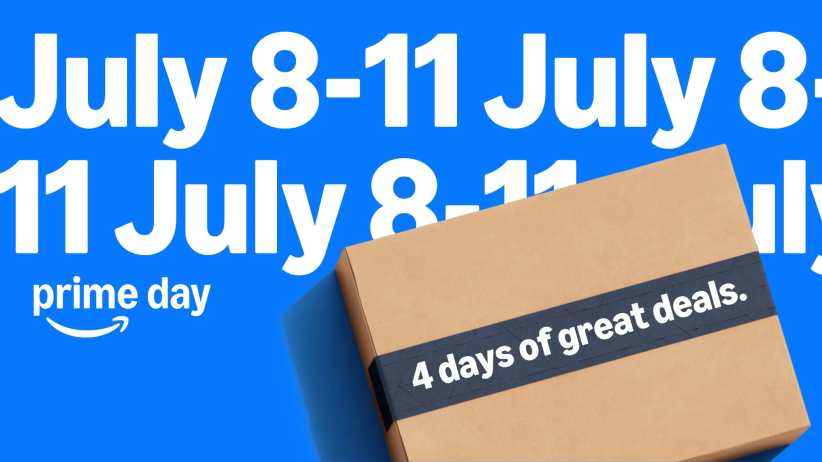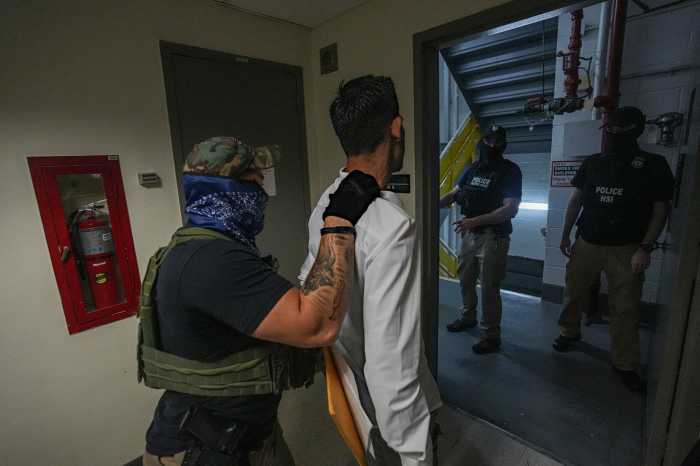Driving back to Brooklyn from the distant borough of Staten Island, I noticed a sign posted just before the entrance to the Verrazano-Narrows Bridge telling me and other drivers to “Maintain a safe distance.”
“Of course, it is always safer to keep clear of other cars,” I thought. “No one wants a pile-up on the bridge.”
But then I thought some more, and began to shake my head, and laugh. I may have even muttered aloud, to no one but myself, “Right. Good luck.”
Sure, maintaining a safe distance from the cars in front of mine was possible, I thought. But generally, New Yorkers are known to leave little room. And who is to say what really defines a “safe” distance anyway?
As it continued to flash “Maintain a safe distance,” the sign seemed a metaphor for other relationships in life — and the amount of space it is “safe” to leave between people.
“Don’t get too close,” I’ve been told after I connect anew with a total stranger whom I can’t stop talking about.
But I don’t listen. And I never have.
Relationships are by no means easy. They are often painful, and messy. And yet I remain fearless in connecting, and seemingly incapable of following the old adage, “Twice bitten, once shy.” Perhaps I never learn my lesson because, as painful as loving people can be, I’m always a sucker for feeling great feelings, for letting someone get closer, even when all signs tell me to do otherwise.
Sometimes, when I make a new friend and my life seems to morph and change as a result, I wonder, “Why on earth would I let another person change me?!” And then I remember: because we are interconnected. Humanity is a woven quilt of people from all across the world, who many times share more similarities than differences, and who must interact in order to better understand one another.
Lately, in my life, those people include folks from Africa, and Jamaica, where my family just visited. Next month, I am travelling to Turkey for a friend’s wedding, where I know I will connect with more amazing people.
Keeping an emotional distance from these folks can be tricky, because I overshare — telling them my secrets, and making myself vulnerable. They, in turn, will share private tidbits with me. And suddenly, any “safe” space between us is gone.
In fact, I would argue the connections I make with people are anything but safe. A good therapist would guide me against them (I know from experience). I might be diagnosed as “codependent,” or as having “obsessive-love disorder,” or with a condition I just discovered called “Disinhibited Social Engagement Disorder,” which handily pathologizes my talking to strangers.
And yet … I still believe in love, and opening myself to feeling it for the many special strangers I meet.
In Jamaica, my family and I couldn’t escape the music of native son Bob Marley, whose tunes were ubiquitous on the island, and whose smiling face — topped by the long dreadlocks that indicated his spiritualism and belief in the Rastafari religion — was everywhere.
Marley, and his messages of love and togetherness, are adored in Jamaica and the world over. In his short 36 years of life, he sired 11 children with seven different mothers (at last count). Online videos feature his wife, lovers, and children talking openly about how they learned to share his love, even though it was painful.
Indeed, love is complicated. But Marley’s inability to “maintain a safe distance,” coupled with his deep, visceral understanding of the need for love in the world, allowed him to quite brilliantly communicate the idea that we have to connect with one another in real ways.
We have to be brave, and intimate. We have to get past the barriers we’ve built, no matter the countless stupid reasons we erected them for.
Safe distances be damned.



